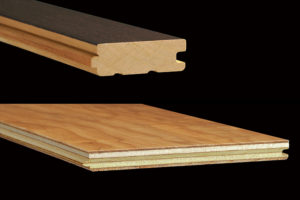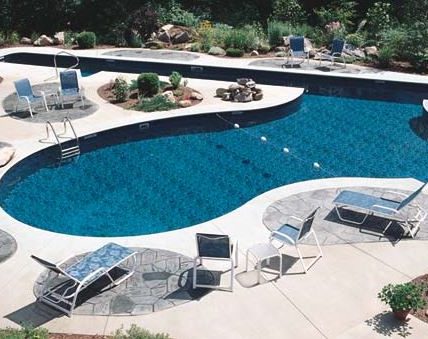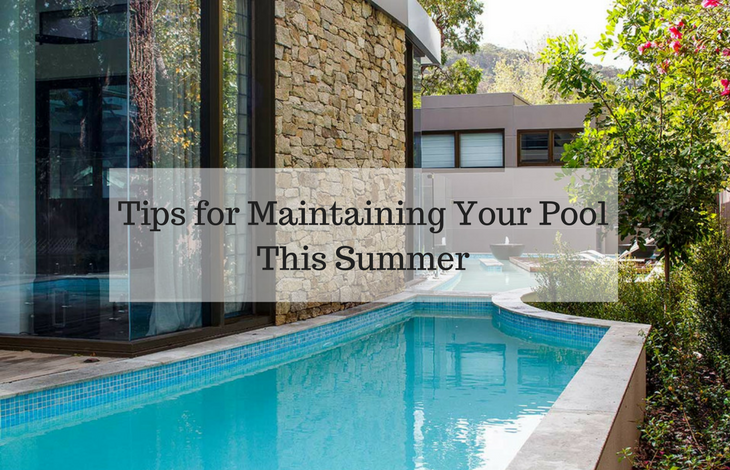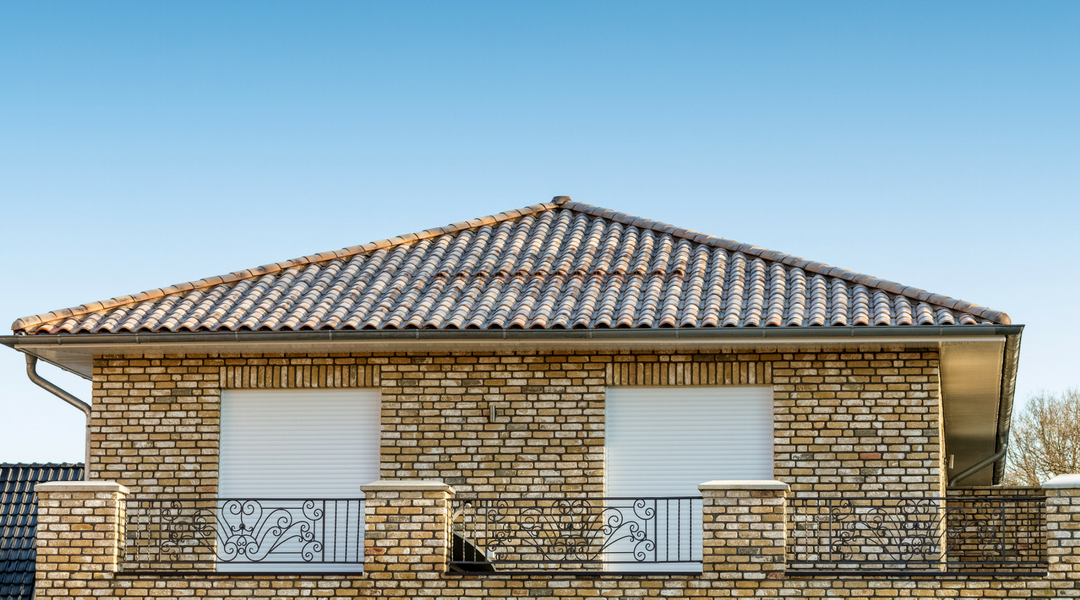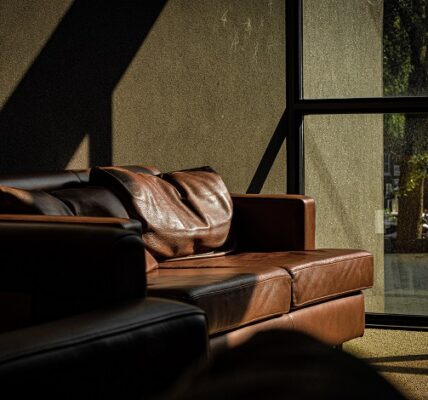The warmth and timeless beauty traditional wood flooring adds to a house is something happy homeowners cannot deny. A timber floor is not only durable and features low-level maintenance, but the boards also come in a variety of species of wood, multiple colour options and grain patterns to fit every palette of interior design – making hardwood one of the top choices when it comes to flooring.
Whereas solid timber floors are the traditional type of flooring, engineered timber flooring has become very popular lately. Once the planks have been installed and you only see the surface of the flooring, you will find it very difficult to tell the difference between a traditional timber floor and engineered timber flooring as both types are made from solid hardwood. The subtle difference between the two is the composition and installation process of the planks. Once installed, it is difficult to tell engineered flooring apart from solid hardwood flooring as the engineered boards have a real layer of hardwood on top. While solid timber boards are made of a single piece of timber, engineered floors consist of 3 layers of comprised European Oak and the solid 6mm wear layer of engineered boards is the only part you see once the floor is fitted, making it difficult for the eye to tell the difference.
One of the great advantages of using engineered timber flooring compared to solid planks is, that the boards are quick and easy to install and because of their three layers, they do not expand and contract as much as solid hardwood, which needs to be carefully spaced out to prevent gaps between the planks when there are seasonal changes in temperature. This is why the installation process has the biggest impact on choosing which floor will be right for your home as engineered flooring is less vulnerable to moisture in the air and changing temperature. Engineered timber flooring can be therefore easily used in basements, conservatories, kitchens and bathrooms to make your home look and feel beautiful. Solid timber floors are best used in indoor areas, which are not frequently exposed to moisture to avoid any contraction activity of the wooden planks.
However, if you do choose to install solid timber floors in wet rooms also, make sure to cover vulnerable areas with rugs to protect the flooring from water spills. A very common method nowadays is to install engineered flooring in the basement and wet rooms and solid timber flooring throughout the other areas of your home.
With a simple click system engineered timber flooring can easily be fixed directly to the subfloor and quickly installed making it the perfect choice for homeowners who consider using underfloor heating. The multiple layers of hardwood still allow the heat to be transferred to the surface and stand the test of changes in temperature without expanding and contracting as much as a solid hardwood floor would. Solid timber floors also need to be securely fixed to the subfloor for stability, making the installation process a little harder and more time-consuming.
Solid timber floors are great for high traffic areas such as the entrance hallway or living area, as the boards can be sanded down and refinished multiple times to remove scratches from the surface. Overall, hardwood planks are more durable due to their thickness compared to the thinner wear layer of engineered planks, which will probably not stand more than two resurfacing treatments.
To make your home look beautiful, when choosing the right flooring for your home take a look at both types of flooring as all boards come not only in different sizes but a broad range of exquisite colours and finishes to create the look and feel you want to achieve in any living area.
